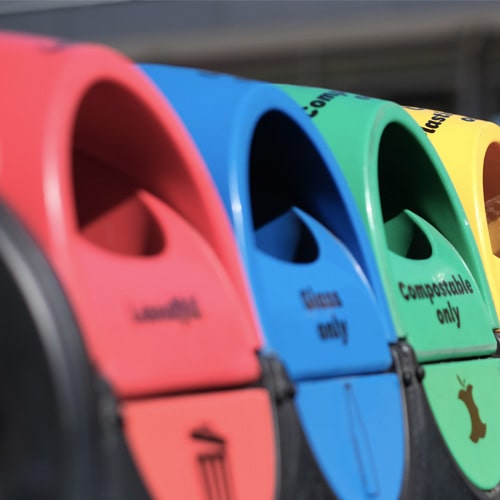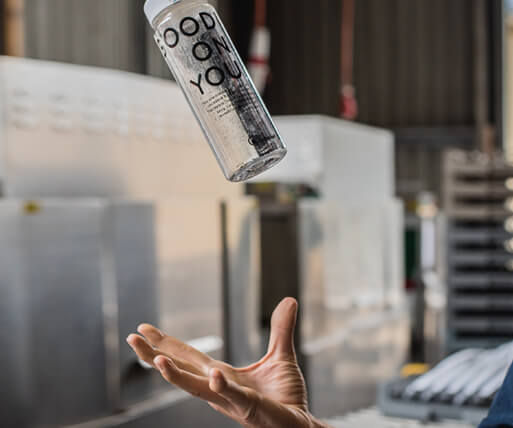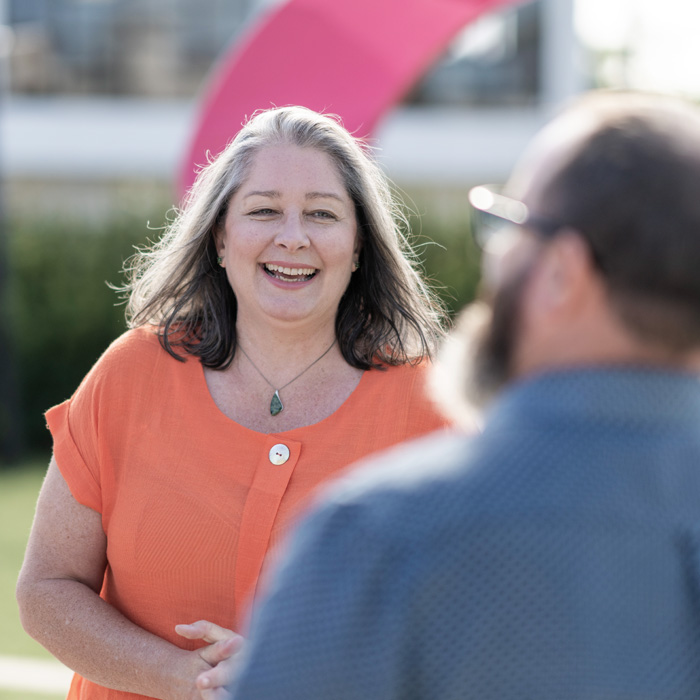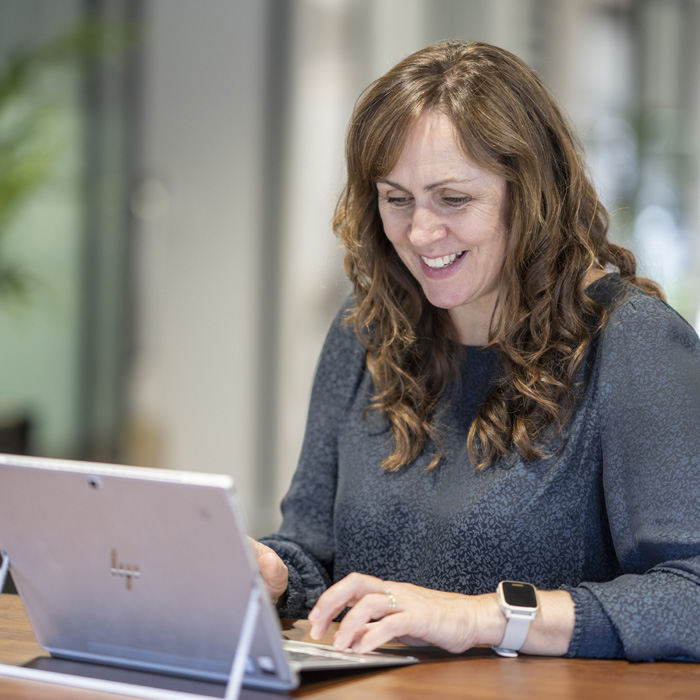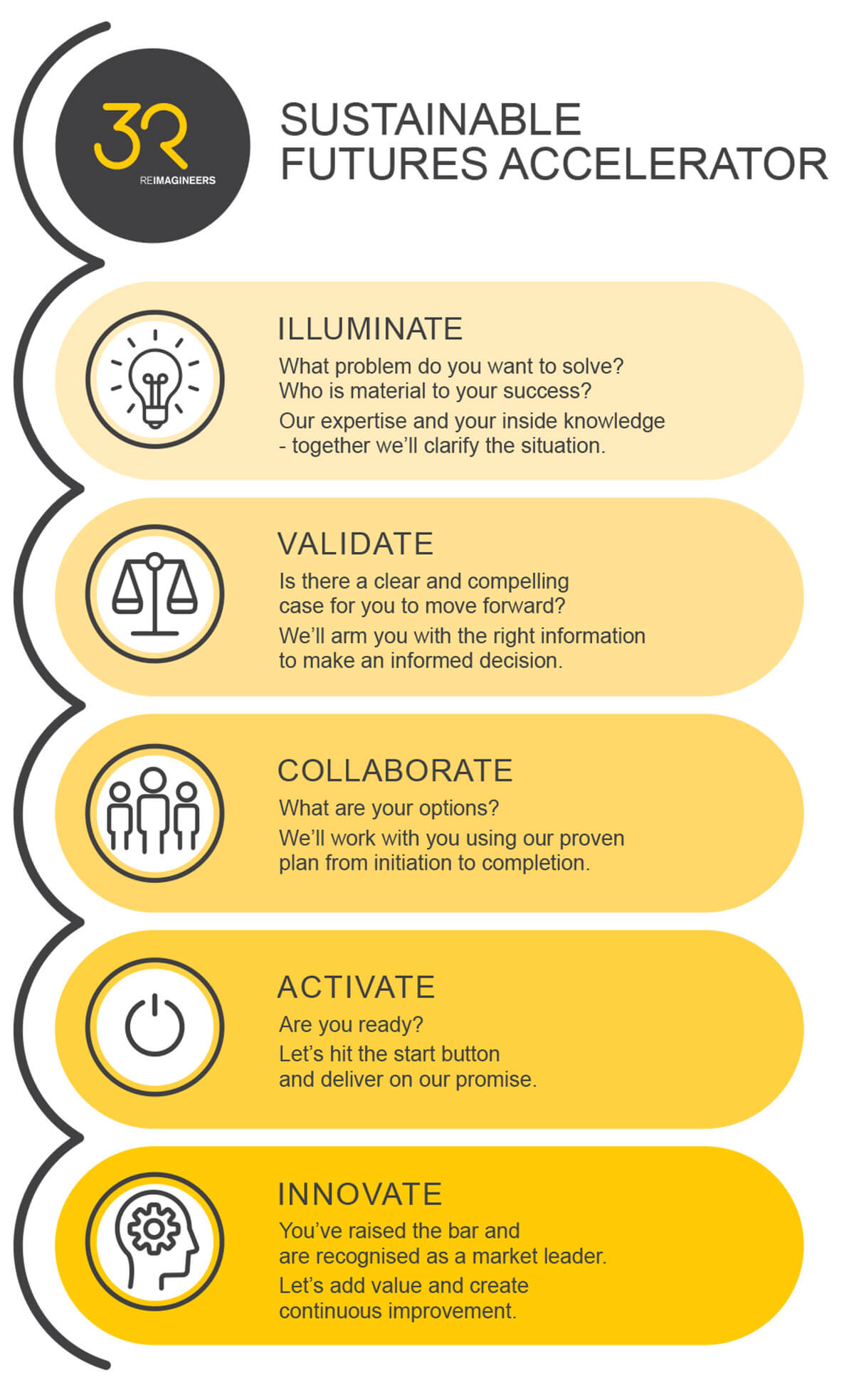Cutting through the noise on sustainability
The release of a summary of submissions to the government’s Transforming Recycling consultation highlights the challenges and opportunities of engaging communities on policy initiatives.
On one level, the Transforming Recycling consultation was a reasonable success. It drew 1,951 submissions as well as two pro forma submissions which collectively had 4,448 signatories – a win for strong community participation in government.
The pro-forma submissions came from three pro-CRS advocacy groups and are a testament to their ability to get their supporters involved.
The number of signatories to these was unusual enough that the Ministry specifically noted it in their summary. But the forms covered just one of the proposals in the consultation.
Of the more than 70 questions in the consultation, only nine received over 1,200 responses outside of the pro-forma submissions. The key question asking if household kerbside recycling should be standardised got less than 300 responses.
In other words, only 15% of submitters felt the central question on standardising kerbside recycling deserved a response, despite this presenting an opportunity to markedly improve the system most of us interact with on a weekly basis.
Ministry for the Environment has done well recently in supplying condensed, but still informative, summaries of longer consultation documents, supported by video content and social media promotion. Additionally, they supply their own short form submission options.
But they’re fighting for attention with every other government initiative out there, let alone all the other advertising and political messages we are bombarded with every day. And we suspect they lack the budgets to get the attention of any but those most dedicated to the issues.
So what are the barriers to more and better-informed engagement on sustainability issues?
It’s boring
While advocacy groups are free to use emotive language and advertising to get their point across, by its nature, government communication must be more measured. Our brains just aren’t wired for that, we like things to be exciting.
It’s complicated
We live in a world where the 24-hour news cycle rarely delves beyond the surface and we scroll past that TikTok video if the first 3 seconds don’t grab us. Media is more interested in reporting the latest parliamentary scandal than the actual work of government because it generates more clicks and it’s cheaper to produce. Creating understanding of complex issues and canvassing feedback is hard work and takes time and money. The problems we’re trying to solve are complex, and so too are the solutions. There’s no one silver bullet to solve them. That’s why the proforma response to Transforming Recycling worked. A solution was presented as a simple silver bullet, when in fact implementation would be complex and results uncertain.
It’s seen as a box ticking exercise
Many people are disengaged and cynical about the actual work of government (see the role of the media above). Even those closest to the issues can feel jaded, as initiatives roll forward with seemingly little change regardless of feedback.
People have bigger concerns
In the 2023 Kantar Better Futures Report, the top environmental concern for those surveyed came in at number seven. Build-up of plastic in the environment trailed the cost of living, protection of children, crime levels, affordable housing, violence in society and affordable health care.
There’s a sense of fatalism about the environment
What we hear about the environment tends to be bad news. Even our best efforts are often criticised or discarded (think kerbside recycling). When you add to that our brains’ tendency to prioritise and remember bad news, it creates a bad news cycle.
We face many of these issues in engaging industries and communities about product stewardship and other environmental solutions we work on, but there are a few tips we’ve learned (and are still learning!) along the way.
Define the problem well
This is easier said than done, but we have often found that the problem people come to us with is not the one we end up solving together. Using a range of techniques to interrogate the problem, with input from a variety of people, helps us get to a point where we are addressing causes, not symptoms.
Unfortunately, the business of government is largely about finding ways to implement party political policies that have been formulated to differentiate one party from another. Working cross sector, as a facilitator to amplify all voices, we avoid this constraint when designing solutions.
Once you’ve defined the problem, don’t focus on it
Instead, be clear about the aspirations you are striving for and tie smaller initiatives or parts of the process back to it. If you don’t know where you’re going, you’ll never get there.
Be consultative and collaborative earlier on in the process
Be consultative at the idea generating stage, instead of setting up oppositional yes/no options at the end. This is what we aim for when designing product stewardship schemes. All stakeholders in the room, generating great ideas that we can refine our solution – or solutions – from. Research, research, research, and drill down to find insights.
Foster the instinct to belong and be part of a community.
Most solutions require change, you’re going to need to get people on board, whether it’s business, government, or the community – they’re all made up of people. Use behavioural science to understand the motivations and barriers to change and build your solutions and communications accordingly.
Find out more about our process, the Sustainable Futures Accelerator here

